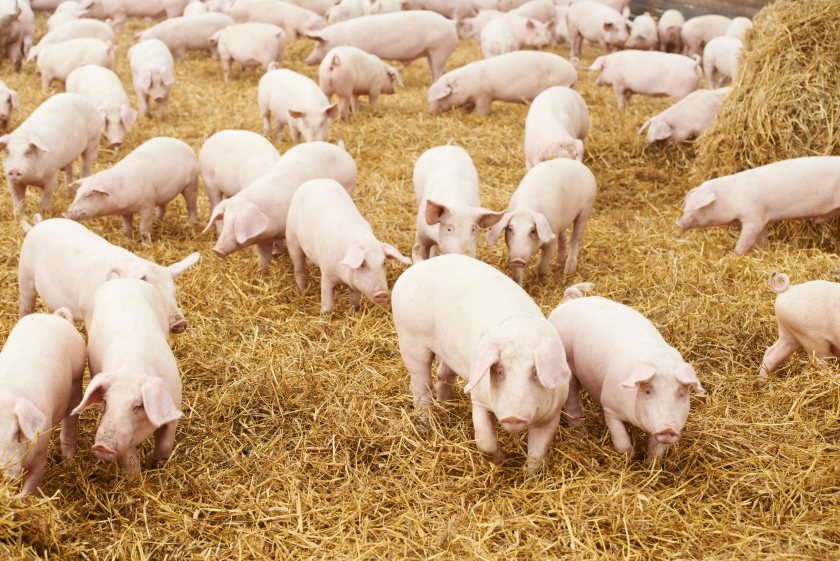
Pig producers are now losing on average £1 per pig slaughtered as the cost of production, such as prices of fuel and feed, declines.
As a result, the full economic cost of production is currently estimated by AHDB to be 213p/kg deadweight for the first quarter of 2023.
The estimated cost of production has fallen by 11p/kg from Q4 of 2022, when the estimated cost of production stood at 224p/kg.
The pig sector has experienced a continuous loss-making situation since October 2020, with cumulative loss across all producers since then estimated by AHDB to be well over £700m.
However, feed costs have fallen from the final quarter of 2022 by 15p/kg, now making up an estimated 65% of total costs in the first quarter of 2023.
Isabelle Shohet, AHDB analyst, said: "We have also seen a drop in the cost of fuels from highs seen in 2022, which has helped reduce transport costs.
"Interest rates, such as mortgages, have risen throughout the first quarter of 2023, placing increased pressure on building and related finance costs.
"Costs associated with electricity and gas also continue to remain stubbornly high."
It comes as pig prices have gained momentum throughout the first quarter of the year, reaching an all-time high.
According to AHDB, these price increases have helped bring the cost of production closer to breaking even.
Last month, Defra announced new regulation for written contracts to provide 'fairness and certainty' for the pig sector.
The department said the commitment would strengthen the sector’s ability to deal with the challenges currently being faced around the world.
As well as regulation on written contracts, Defra will develop regulations to collect and share more supply chain data, particularly in relation to wholesale price transparency and national slaughter numbers.
